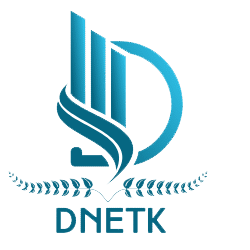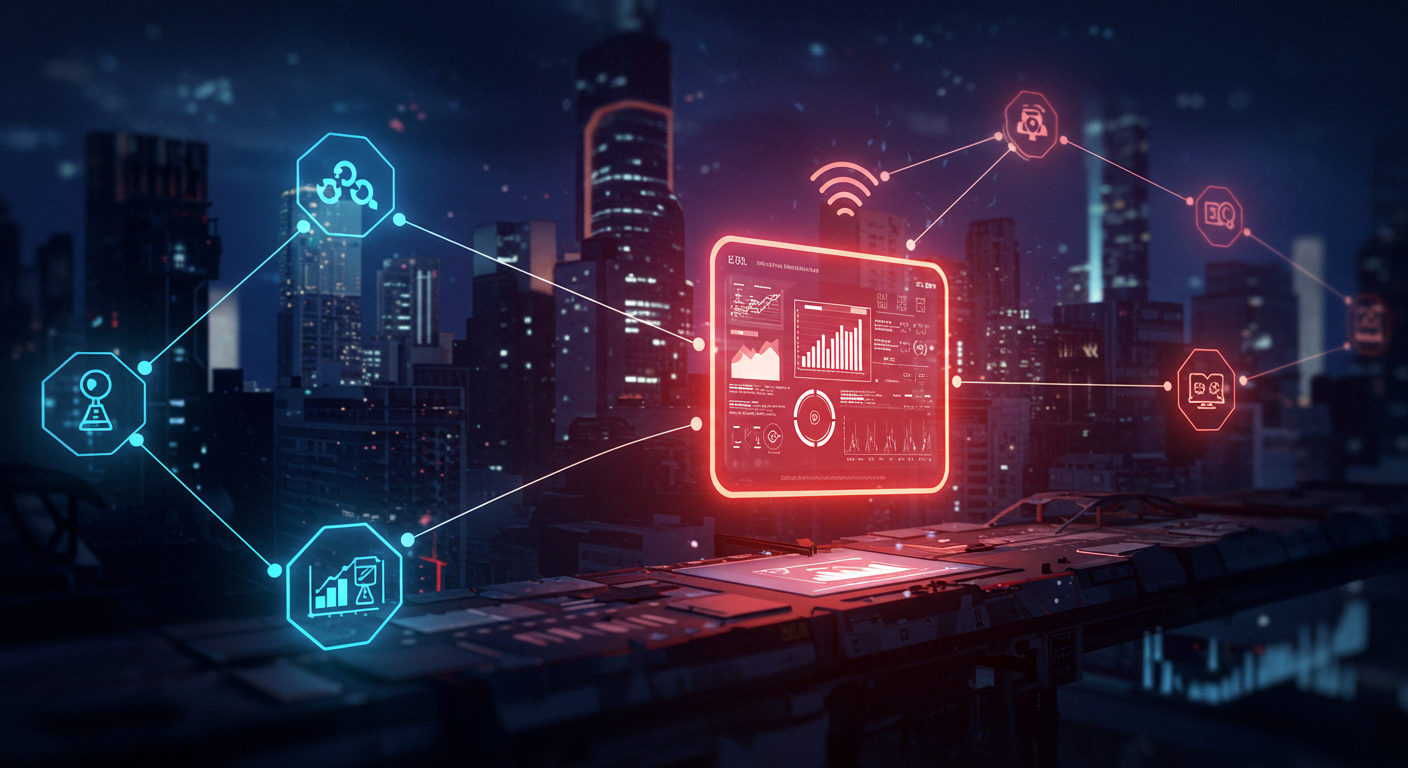In today’s Telemetryczny interconnected world, data is the new fuel that powers innovation, automation, and decision-making. One of the most transformative technologies enabling this data revolution is telemetry—the automated collection, transmission, and interpretation of information from remote systems. The Polish term “Telemetryczny” broadly refers to all things related to telemetry, covering both the science and its practical applications across industries.
From aerospace and healthcare to agriculture and IT infrastructure, telemetryczny systems play a pivotal role in enhancing efficiency, safety, and productivity. This article dives deep into the concept of telemetryczny, its history, how it works, where it is applied, and why it matters in the modern world.
What Does “Telemetryczny” Mean?
The word telemetryczny comes from “telemetry,” a term derived from Greek roots:
- “Tele” meaning “remote.”
- “Metron” meaning “measure.”
Thus, telemetryczny relates to measuring something at a distance and transmitting that data to a centralized system for analysis. The adjective form (“-czny” in Polish) indicates that it is connected to or associated with telemetry technologies.
In practical terms, telemetryczny refers to devices, systems, or processes designed to monitor remote assets, collect measurements, and provide actionable insights without needing physical presence.
A Brief History of Telemetry
The concept of telemetry isn’t new—it dates back to the 19th century. Early examples include:
- 1800s: Telegraph-based systems were used to send weather data from one location to another.
- 1930s: Rocket scientists started using telemetry to track test flights and gather data about altitude, velocity, and structural stress.
- 1960s: Telemetry became critical in space exploration, enabling NASA to monitor astronauts and spacecraft in real time.
Over time, telemetry has expanded far beyond aerospace and military applications into commercial, industrial, and consumer sectors.
How Does Telemetryczny Work?
Telemetryczny systems typically follow a four-stage process:
- Measurement & Data Collection
Sensors attached to equipment, vehicles, or natural environments collect specific data points—temperature, pressure, speed, energy consumption, or biometrics. - Transmission
This data is sent over wired or wireless communication channels such as satellite, radio, Wi-Fi, or cellular networks. - Reception & Storage
The receiving station—often a central server or cloud platform—stores the incoming data securely. - Processing & Analysis
Using software, dashboards, and algorithms, the raw data is processed into insights for monitoring, control, and decision-making.
At its core, telemetryczny systems transform raw measurements into meaningful knowledge, enabling remote visibility and control.
Key Features of Telemetryczny Systems
- Remote Accessibility: Users can monitor assets from anywhere in the world.
- Real-Time Updates: Continuous data flow ensures up-to-date insights.
- Scalability: Systems can track anything from a single device to thousands of assets across continents.
- Automation: Data-driven triggers enable automated responses without human intervention.
- Integration with IoT: Telemetryczny is the backbone of modern Internet of Things (IoT) applications.
Applications of Telemetryczny
1. Healthcare and Medical Monitoring
Telemetry is widely used in hospitals to track patients’ vital signs remotely. Wearable telemetry devices measure heart rate, blood pressure, oxygen saturation, and more, alerting doctors to abnormalities. This has been a game-changer for telemedicine and chronic disease management.
2. Aerospace and Aviation
From spacecraft to passenger planes, telemetry monitors everything from engine performance to cabin pressure. NASA relies on telemetryczny systems to monitor astronauts’ health and spacecraft integrity. Commercial airlines use it for predictive maintenance.
3. Automotive and Transportation
Modern vehicles are equipped with telemetry sensors that provide data on speed, fuel efficiency, and mechanical health. Fleet managers rely on telemetry to track deliveries, optimize routes, and ensure driver safety.
4. Energy and Utilities
Telemetry is crucial in managing smart grids, water supply systems, and oil pipelines. Sensors detect leaks, monitor power usage, and optimize energy distribution.
5. Agriculture
Farmers use telemetry to track soil moisture, weather conditions, and irrigation levels. This data-driven approach improves crop yields and conserves resources.
6. IT and Software Monitoring
In the digital world, telemetryczny refers to the collection of system performance data. Software developers integrate telemetry to track user activity, detect bugs, and improve applications. Cloud providers like Microsoft Azure and Google Cloud use telemetry for server monitoring.
7. Military and Defense
Telemetry has long been a cornerstone of defense systems, monitoring missiles, drones, and communication systems during missions.
Benefits of Telemetryczny
- Improved Efficiency: Remote monitoring reduces downtime and optimizes resource usage.
- Cost Savings: Early detection of problems prevents costly repairs and losses.
- Enhanced Safety: Continuous monitoring of equipment and health reduces risk.
- Data-Driven Decisions: Access to real-time data empowers informed strategic planning.
- Scalability: Ideal for industries managing thousands of distributed assets.
Challenges and Concerns
Despite its advantages, telemetryczny systems face challenges:
- Data Security: Remote transmission raises concerns about hacking and unauthorized access.
- Bandwidth Limitations: High-frequency data transmission can overwhelm networks.
- Privacy Issues: Especially in healthcare and software monitoring, telemetry raises questions about user consent and data usage.
- High Initial Costs: Implementation of large-scale telemetry systems can be expensive.
The Future of Telemetryczny
The future of telemetryczny is closely tied to IoT, 5G, AI, and edge computing. With faster networks and smarter devices, telemetry will become even more powerful.
- AI Integration: Machine learning will enhance predictive capabilities.
- Edge Processing: Instead of sending all data to central servers, smart devices will analyze data locally to reduce latency.
- Wearables: In healthcare, more advanced wearable telemetry devices will allow real-time personal health monitoring.
- Sustainability: Telemetry will help industries track carbon emissions, energy efficiency, and environmental impact.
In essence, telemetryczny is set to play a defining role in building smarter, safer, and more sustainable systems.
Conclusion
Telemetryczny is more than just a technical term—it is a gateway to efficiency, innovation, and smarter living. By enabling remote monitoring and real-time insights, telemetry has revolutionized industries ranging from healthcare and aerospace to IT and agriculture.
While challenges like data privacy and costs remain, the benefits outweigh the limitations. As we move into an era of interconnected devices and intelligent automation, telemetryczny systems will continue to expand their footprint, shaping the future of how we live, work, and interact with technology.
Simply put, telemetryczny is the silent force driving modern digital transformation, ensuring that data works for us—whether we’re on Earth, in the sky, or beyond.

